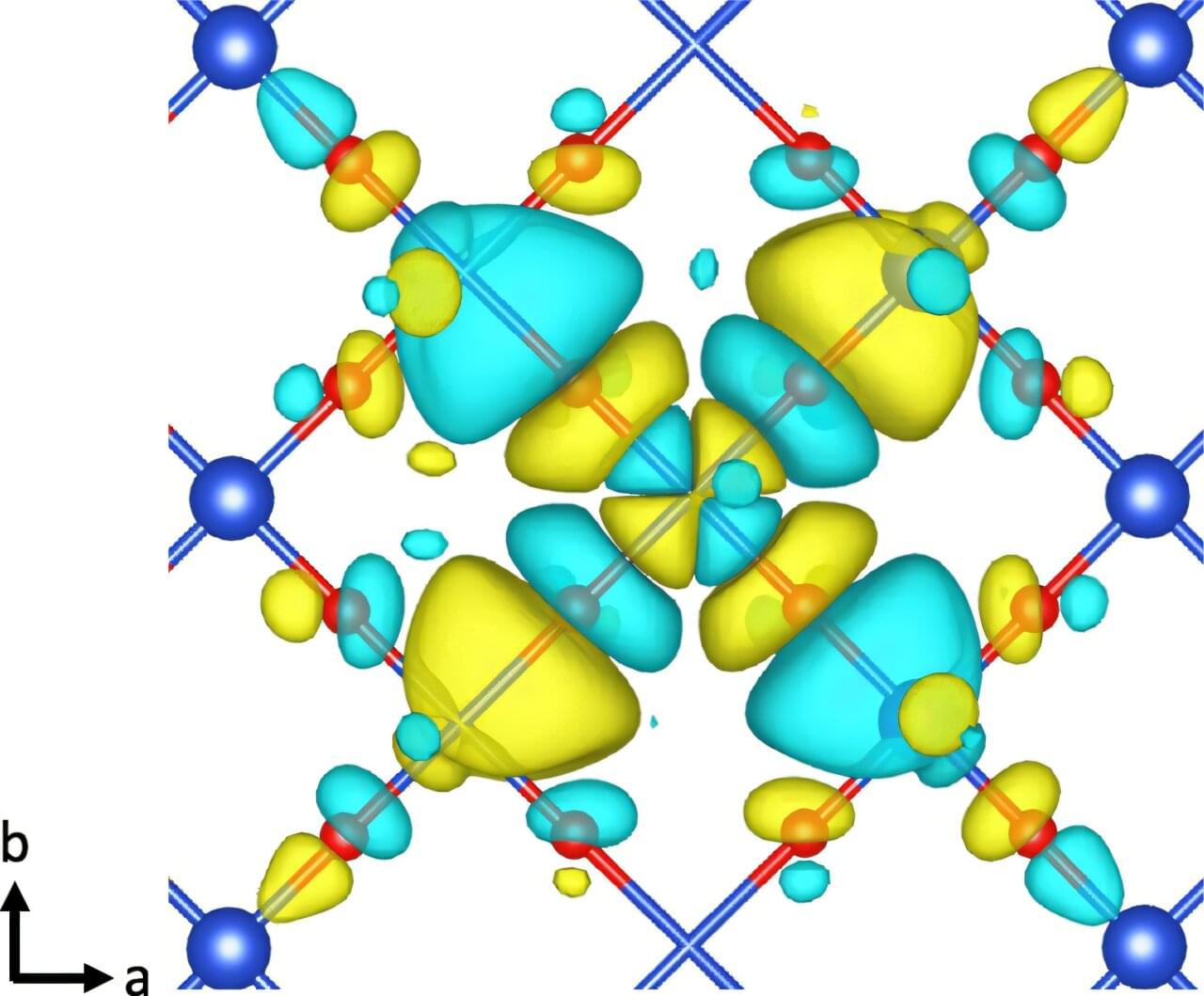When superconductors were discovered in 1911, they astounded researchers with their ability to conduct electricity with no resistance. However, they could only do so at temperatures close to absolute zero. But in 1986, scientists discovered that cuprates (a class of copper oxides) were superconductive at a relatively warm −225°F (above liquid nitrogen)—a step toward the ultimate goal of a superconductor that could operate at close to room temperature.
Applications of such a superconductor include compact and portable MRI machines, levitating trains, long-range electrical transmission without power loss, and more resilient quantum bits for quantum computers. Unfortunately, cuprates are a type of ceramic material which makes their application at industrial scales difficult—their brittleness, for example, would pose problems.
However, if researchers could understand what makes them superconduct at such high temperatures, they could recreate such processes in other materials. Despite a great deal of research, though, there is still a lack of consensus on the microscopic mechanism leading to their unusual superconductivity, making it difficult to take advantage of their unusual properties.
